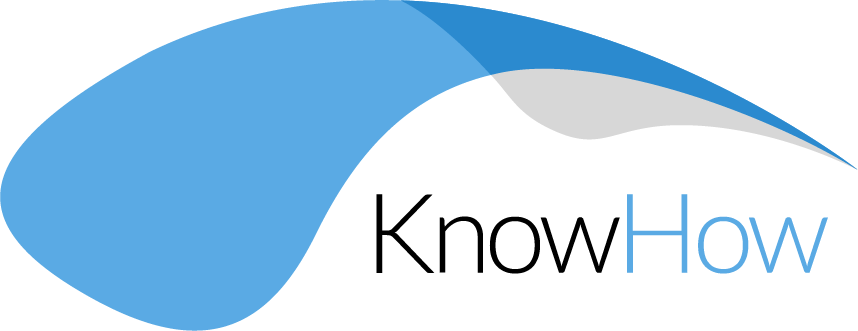
In today’s fast-paced business world, keeping track of employee performance and productivity is more critical than ever. A performance monitoring system serves as a powerful tool to streamline workflows, improve performance, and achieve organisational goals. But how do these systems work, and why are they indispensable? This comprehensive guide will walk you through the importance of performance monitoring systems, their role in the workplace, and actionable ways to implement them effectively.
Let’s explore how performance monitoring systems in the workplace can transform your workforce, ensuring that both managers and employees align with company objectives.
What is a Performance Monitoring System?
A performance monitoring system is a structured process or software designed to monitor employee performance, track productivity, and provide actionable insights for improvement. These systems help organisations set measurable performance goals, evaluate progress, and ensure that employees and teams achieve their full potential.
With modern performance management software, businesses can track key performance indicators (KPIs), assess workflows, and engage in constructive performance conversations to foster better communication between managers and employees.
Why Are Performance Monitoring Systems Essential in the Workplace?
1. Improving Employee Productivity
By implementing a performance management system, organisations can identify areas for improvement and focus on boosting individual and team productivity. These systems help highlight poor performance early, allowing for timely interventions and support.
2. Enhancing Team Performance
Effective monitoring encourages collaboration and alignment, leading to improved team performance. Regular feedback and 360-degree feedback mechanisms enable managers to engage employees in meaningful discussions that drive better performance.
7 Ways to Monitor Employee Performance Effectively
- Set Clear Performance Goals
Establish well-defined performance standards and KPIs to give employees a roadmap to success. - Leverage Real-Time Monitoring Tools
Use performance tracking software that provides real-time data on employee performance, ensuring managers stay informed about progress and potential issues. - Conduct Regular One-on-One Meetings
Schedule one-on-one sessions to discuss progress, address challenges, and offer guidance. - Implement 360-Degree Feedback Systems
Foster a culture of open communication with 360-degree feedback to gain comprehensive insights into individual and team dynamics. - Use Automated Performance Management Software
Simplify the monitoring process by investing in performance management software to help automate data collection and analysis. - Track Performance Metrics
Evaluate performance data regularly to understand trends, recognise achievements, and address poor performance effectively. - Encourage Continuous Feedback
Move beyond annual reviews and adopt continuous performance management to ensure employees receive timely feedback and support.
The Elements of a Performance Management System
A robust performance management system typically includes the following components:
- Performance Appraisals: Formal evaluations to assess and document employee progress.
- Learning and Development Initiatives: Training programs tailored to individual employee performance needs.
- Goal Setting and Alignment: Ensuring that individual and team goals are consistent with organisational performance objectives.
- Data-Driven Decision Making: Using analytics to improve management decisions based on performance insights.
Types of Performance Management Systems
There are several types of performance management systems to suit different organisational needs:
- Traditional Performance Management: Focuses on structured reviews, such as quarterly or annual evaluations.
- Continuous Performance Management: Emphasises ongoing feedback and real-time monitoring of performance.
- 360-Degree Feedback Systems: Collects input from peers, subordinates, and managers to provide a holistic view of an employee’s performance.
Each system has its benefits, and the choice depends on the organisation’s culture, goals, and existing systems.
The Role of Performance Management Software
Streamline Workflows with Technology
Modern performance management software enables businesses to automate tasks, track progress, and integrate seamlessly with existing systems. Examples include tools that facilitate:
- Real-time performance tracking.
- Integration with employee engagement platforms.
- Efficient management of performance conversations.
Advantages of Using Performance Management Software
- Improved Time Management: Save time by automating repetitive tasks.
- Better Decision Making: Access accurate performance data for strategic planning.
- Enhanced Employee Retention Rates: Address performance issues proactively to boost employee satisfaction.
Best Practices for Performance Monitoring in the Workplace
To maximise the effectiveness of a performance management system, organisations should adopt these best practices:
- Regular Performance Reviews: Engage in consistent evaluations to provide timely feedback.
- Customised Approaches: Tailor the monitoring process to the needs of individual employees.
- Transparent Communication: Encourage open dialogue between managers and employees.
- Data-Driven Insights: Use analytics to identify trends and make informed decisions.
Effective Performance Management Strategy for Organisational Success
An effective performance management strategy aligns individual performance goals with broader organisational objectives. By adopting a structured approach, businesses can:
- Improve work performance across departments.
- Boost employee morale through recognition and support.
- Ensure that teams and individuals achieve their goals consistently.
How TheKHub Supports Performance Monitoring and Management
At TheKHub, we provide cutting-edge performance management software to help organisations track and evaluate employee performance effectively. Our solutions include:
- Monitoring Software: Tools to track and improve team performance.
- Integration with Existing Systems: Seamlessly connect to your HR platforms and workflows.
- Customised Dashboards: Access tailored insights for better performance tracking.
Our platform is designed to simplify the performance management process, ensuring that every employee reaches their full potential.
Conclusion: Stay on Top of Performance Monitoring with TheKHub
Effective performance monitoring systems are the backbone of a successful organisation. By implementing robust tools and strategies, businesses can enhance productivity, foster better communication, and achieve sustainable growth.
Discover how TheKHub’s performance management software can revolutionise your approach to monitoring, evaluating, and improving employee performance. Visit TheKHub today to learn more and take the first step toward optimising your workforce performance.
www.sap.com

